Winterizing Batteries
December 18, 2022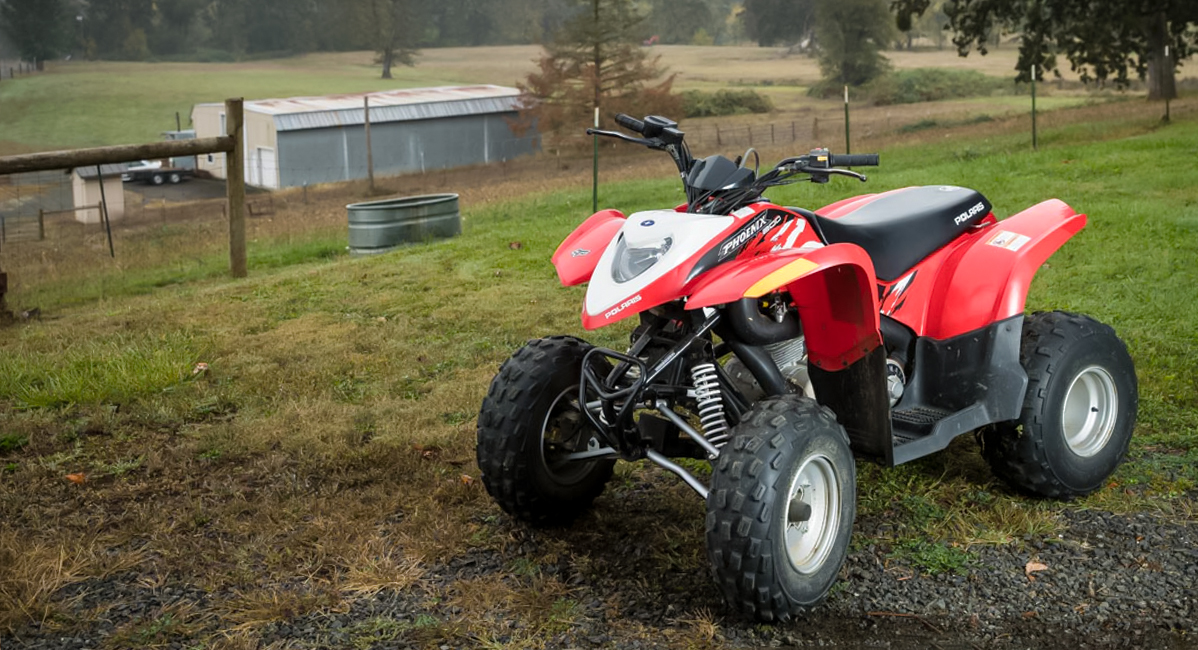
How to Winterize Your (Boat, ATV, Snowmobile) Batteries
The days are fast getting colder and shorter. This is the time of year when your batteries take a beating, especially if don’t start up your ATV, snowmobile, boat, lawn mower, or extra truck on a regular basis. Getting your 6- or 12-volt acetate batteries ready for winter is the ideal way to ensure they have enough juice to keep you running in the coldest weather. Here are some tips to winterizing your batteries.
For demonstration purposes, we winterized a 12-volt ATV battery. Always consult your battery charger’s instruction manual to avoid injury to yourself or your equipment.
Unbox Your Battery Charger
Properly winterizing a battery requires a battery charger. Whether you choose one with all the bells and whistles or just a basic model, you’ll have three general components: the plug-in charger, battery clamps and cord, permanent ring connectors and cord, and a 12-volt accessory plug.
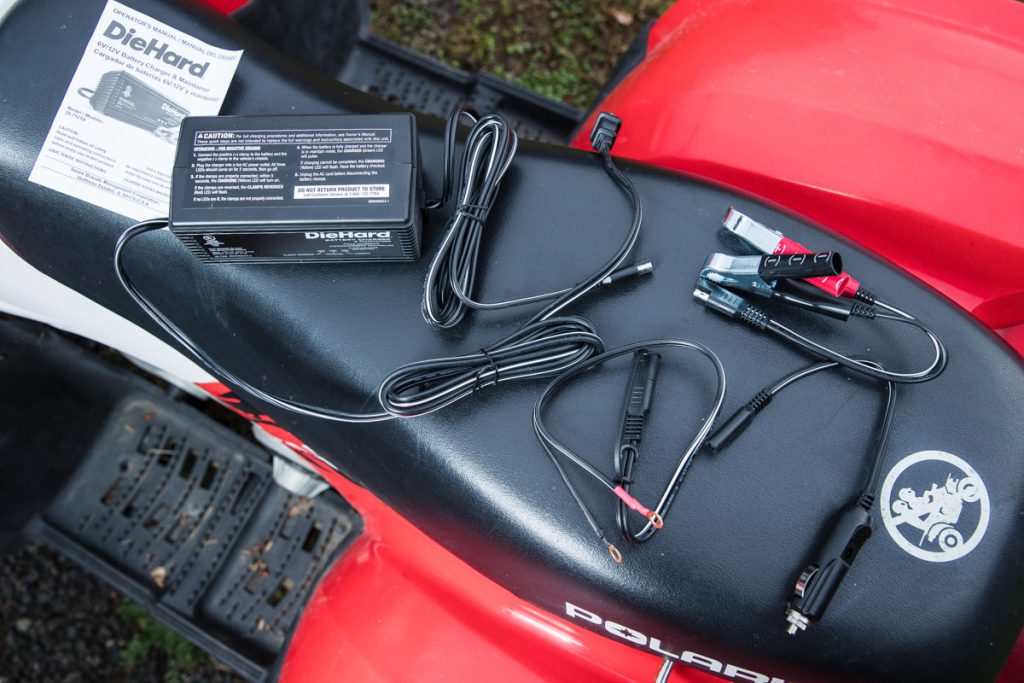
Get to Know Your Charger
A good battery charger is fully automated and safe to leave plugged in 24/7, ensuring a strong charge without overheating. The charging unit often looks like a plastic brick. One end plugs into the wall and the other end plugs into your vehicle’s battery.
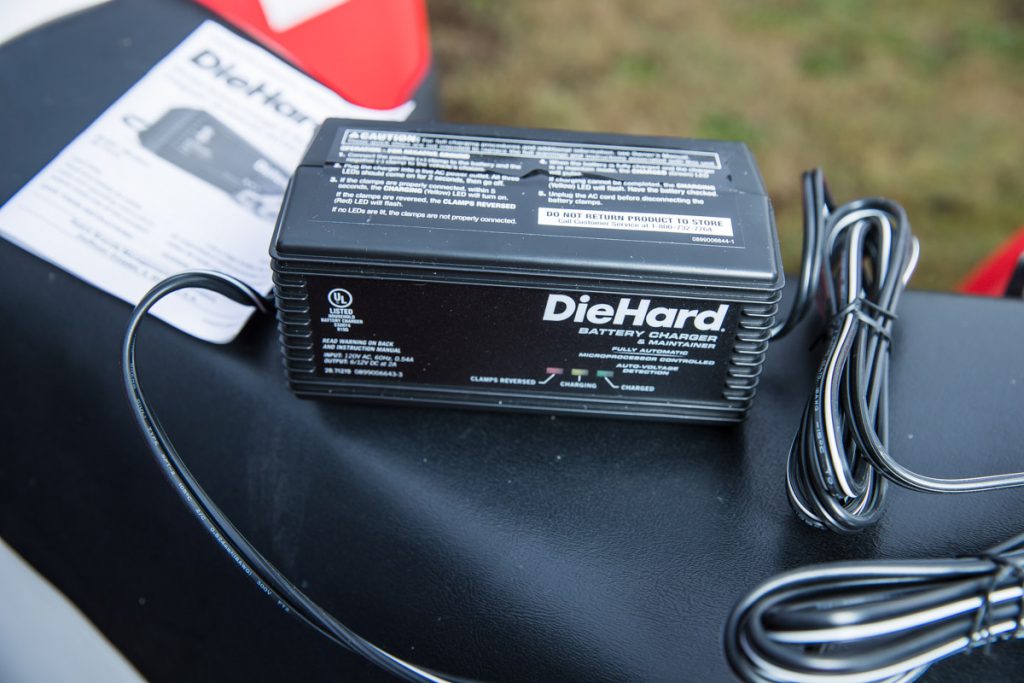
Choose Your Connector
How you connect to your battery is up to you. If you plan to charge the battery for a short period of time, and if the battery is easily accessible, the clamps might be your best bet. Charging longer than a week? Use the permanent ring connectors.
Coastal Tip: Some vehicles have a 12-volt accessory plug for quick charging. If yours is one of them, skip all of the following steps and simply use the 12-volt accessory cord to connect your vehicle to the battery charger and then into a 110 outlet.

Clean Your Battery Terminals
Take a wire brush to the terminals. Clean off the lugs, the current connectors, as well as the terminals.
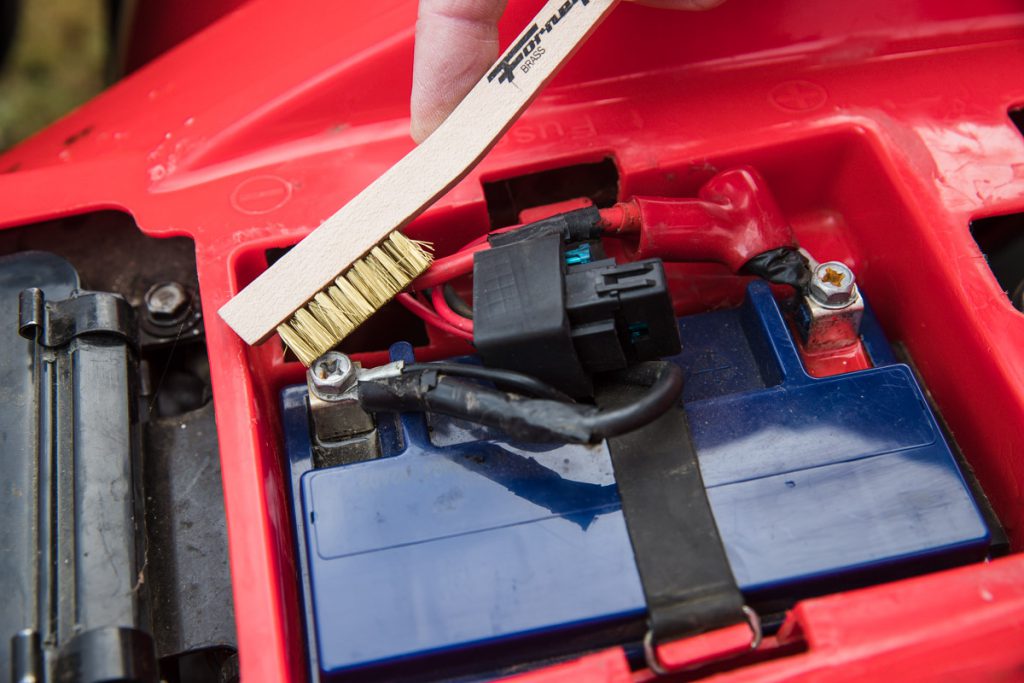
Remove Your Vehicle’s Wires
Start with the negative (- or black) wire first. Then, carefully remove the positive (+ or red) wire. Set aside the screws or wing nuts.
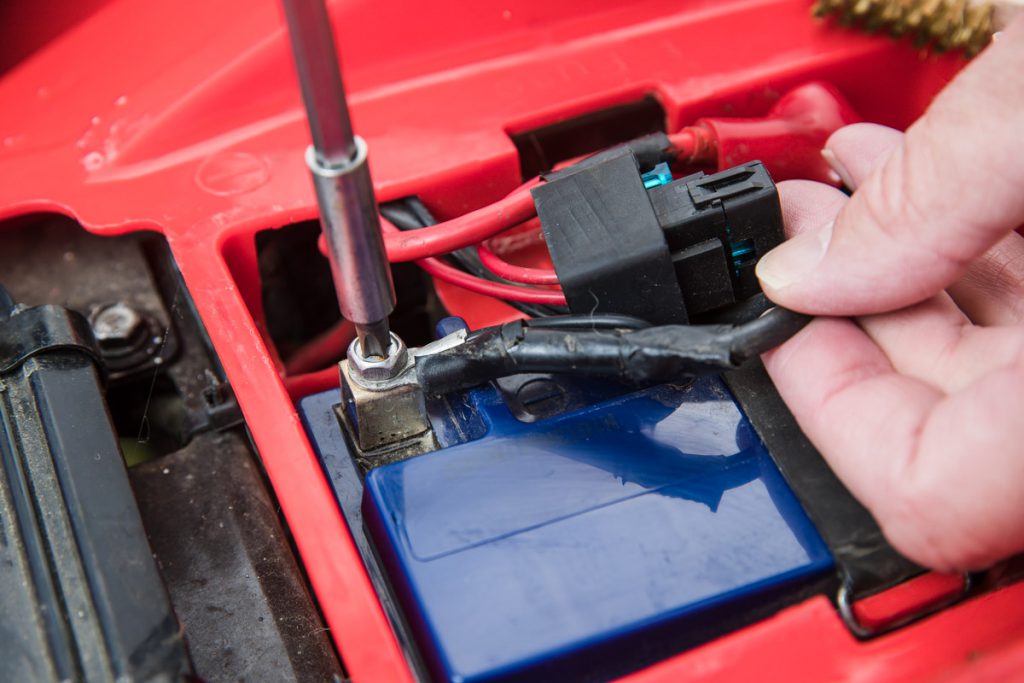
Add the Permanent Ring Connectors
Add the positive (+ or red) ring first. Place The vehicle’s positive battery ring back on the post as well. Secure both rings with the screw or wing nut. Next, add the negative (- or black) ring along with the vehicle’s negative battery ring to the negative post. Secure both rings with the screw or wing nut.
Be sure the cord for your battery charger is facing outward so that you can quickly connect and disconnect it without the need to open the battery compartment.
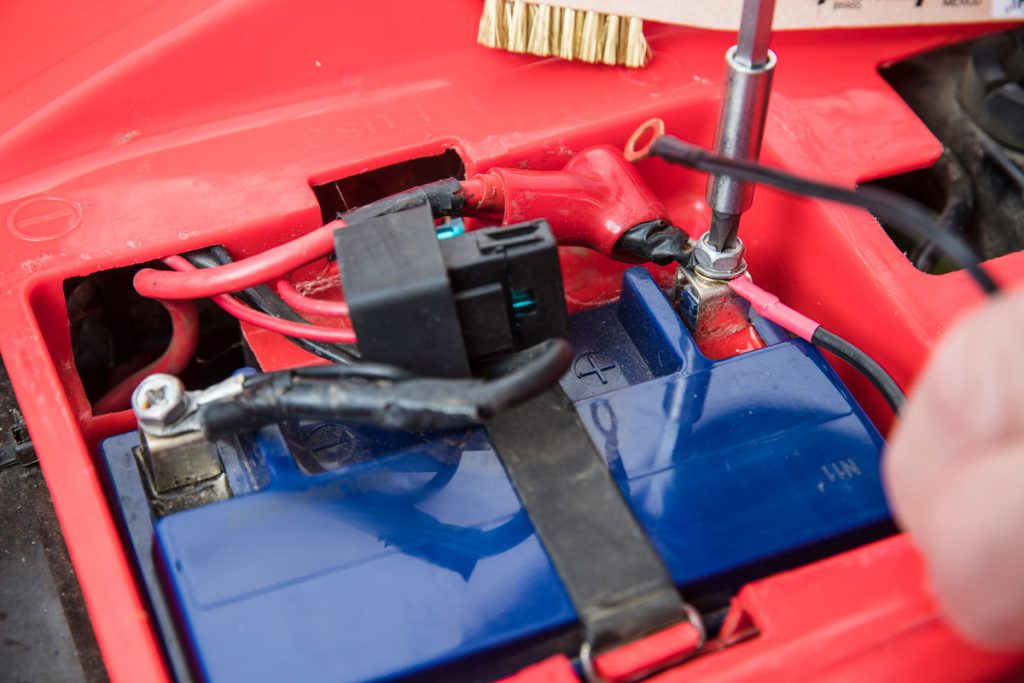
Use a Battery Terminal Protector
Spray both posts, along with all of the permanent rings with a healthy dose of battery terminal protectant. Don’t over-spray. Be sure to cover all of the metal pieces that could get corroded when faced with a cold and wet winter.
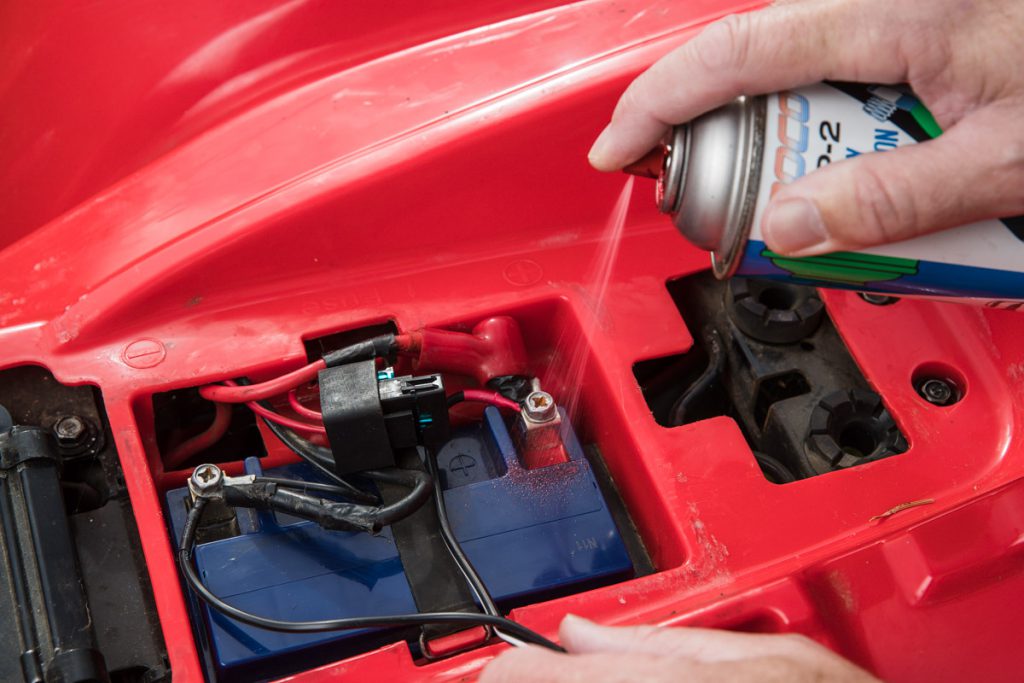
Connect to the Battery Charger
You should have easy access to the quick connection cord if you’ve installed the permanent ring connectors correctly. Simply plug the quick connector cords together and place the charger off the ground and out of the elements.
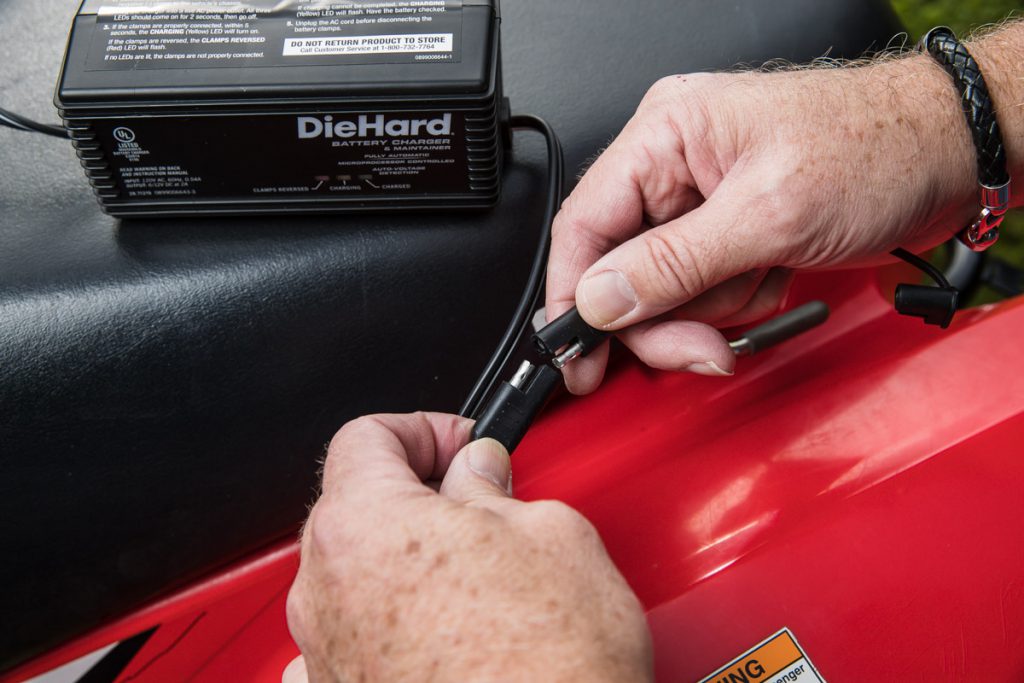
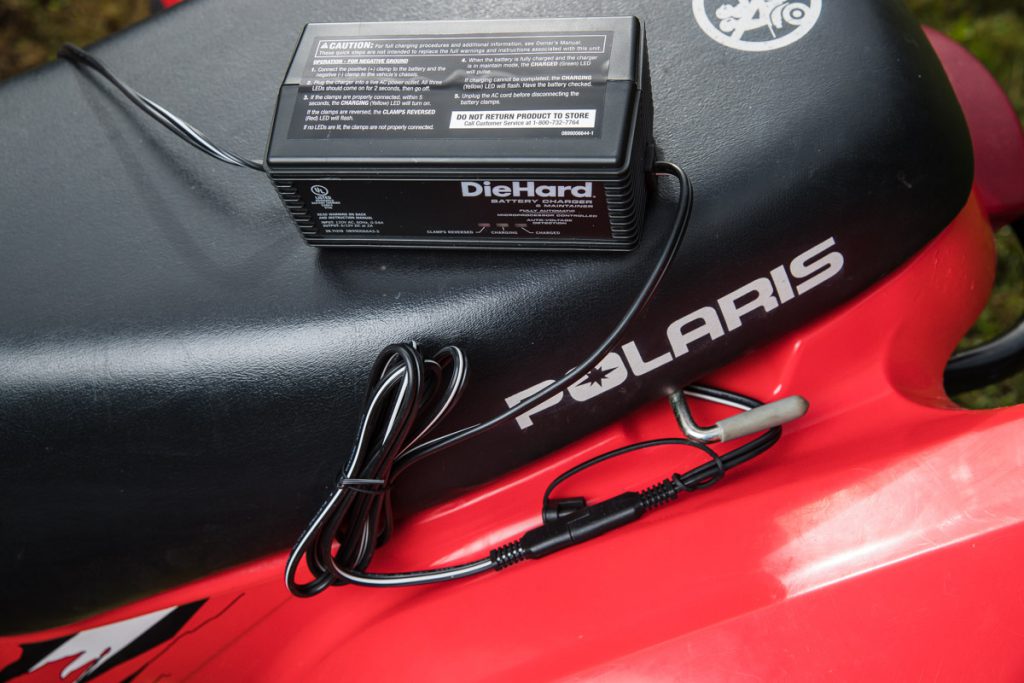
Plug in Your Charger
Finally, plug your charger into any 110 outlet. A series of lights will indicate if you are currently charging your battery or if it is fully charged. To disconnect the battery charger, first unplug it from the wall then disconnect the quick connector.
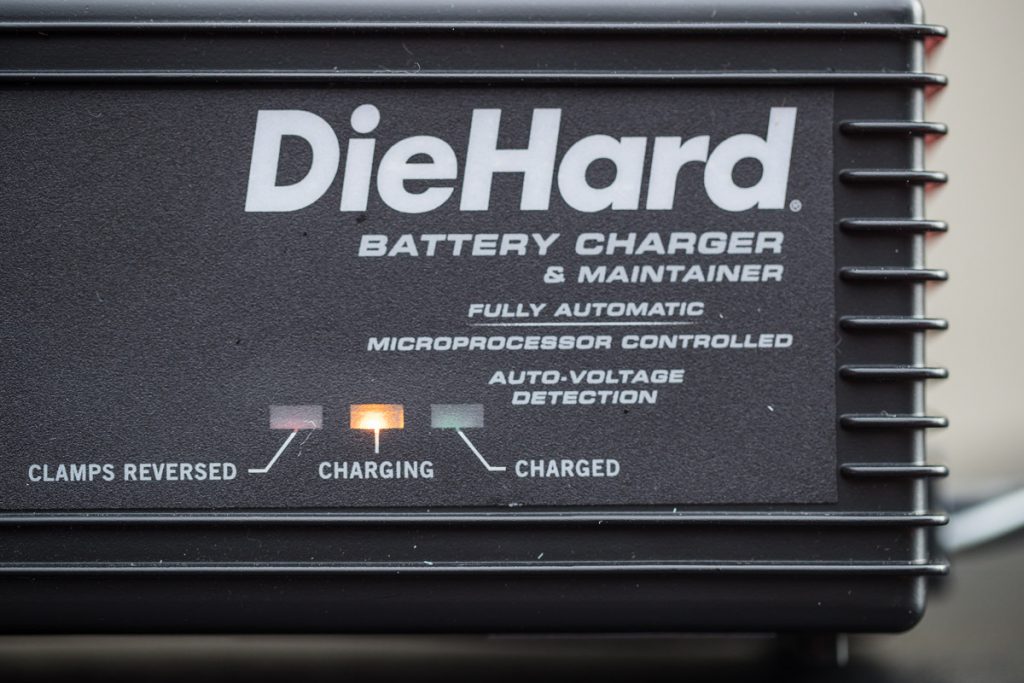
Winterize Your Rigs at Coastal
Coastal has a wide selection of battery chargers and more to keep your ranch rigs running strong all winter long. Stop by your nearby Coastal and get everything you need to winterize your batteries today.
Debunking Battery Myths
Setting a battery on concrete will not drain it. Battery energy drains slowly over time no matter where you store it, but will lose charge less quickly if you store it in a cool, dry place.
Fully charging a battery will not ruin it. Today’s batteries are built to hold a prime voltage without damage.
Weak batteries can harm your engine’s charging system by placing additional stress on the starter.
There is no such thing as a maintenance-free battery. Always check your batteries for corrosion and carefully add distilled water to the electrolyte solution whenever necessary.
